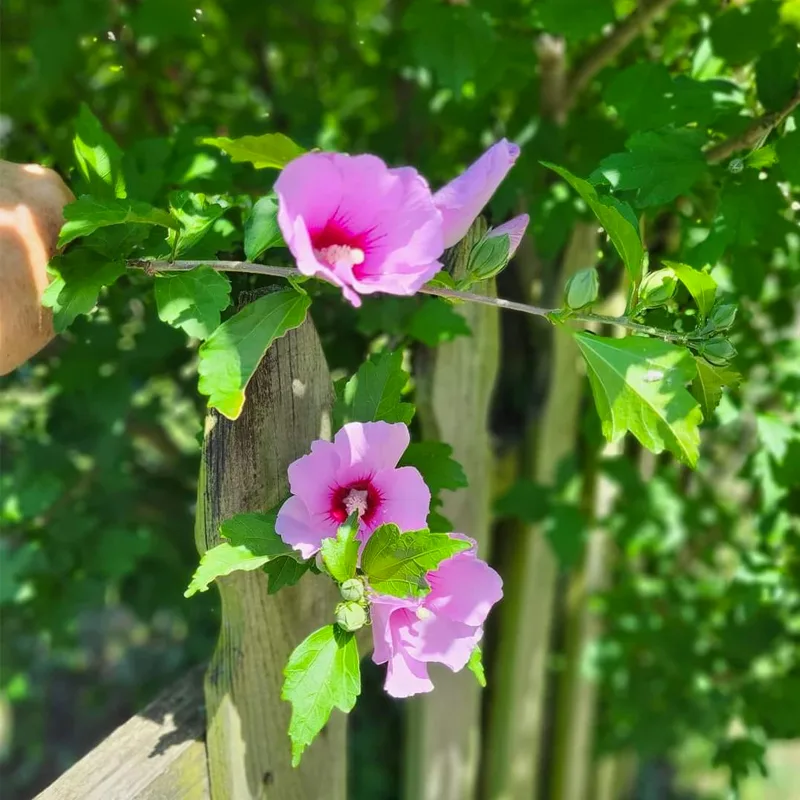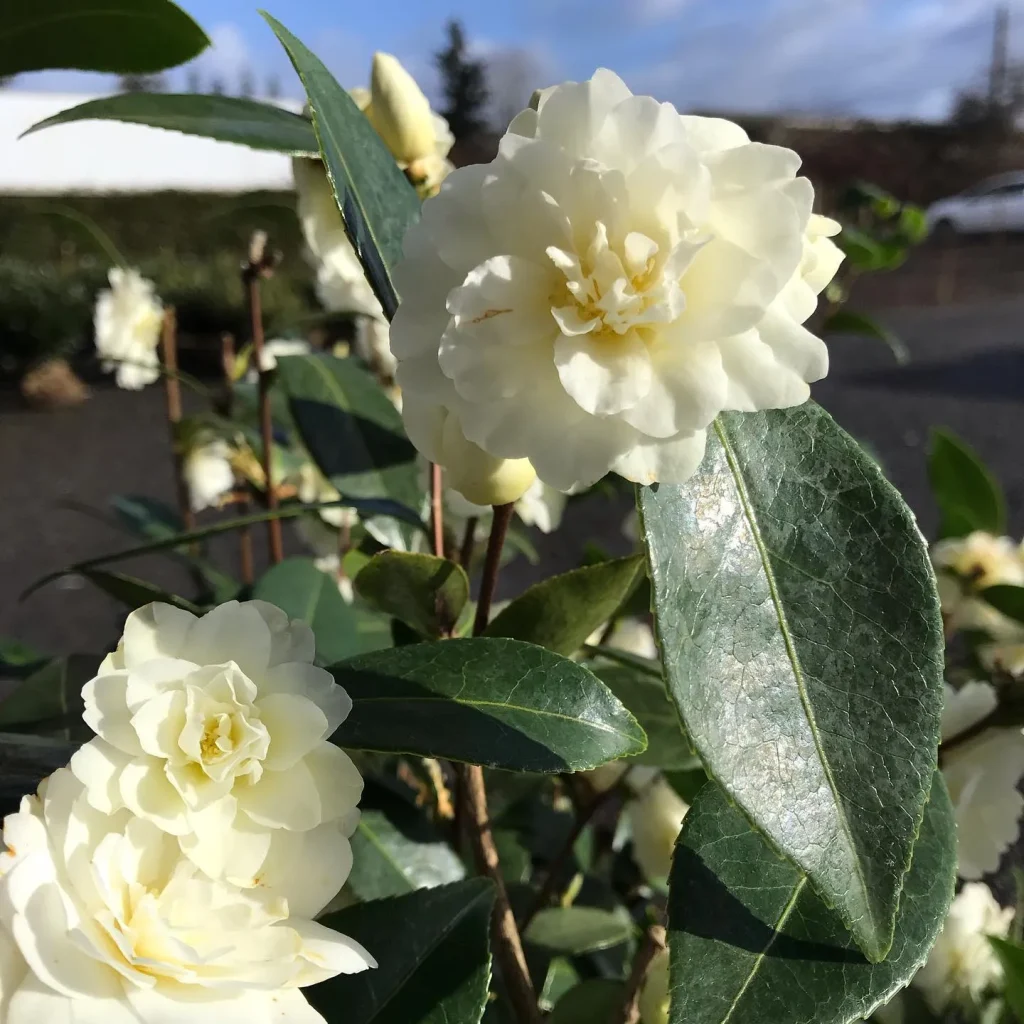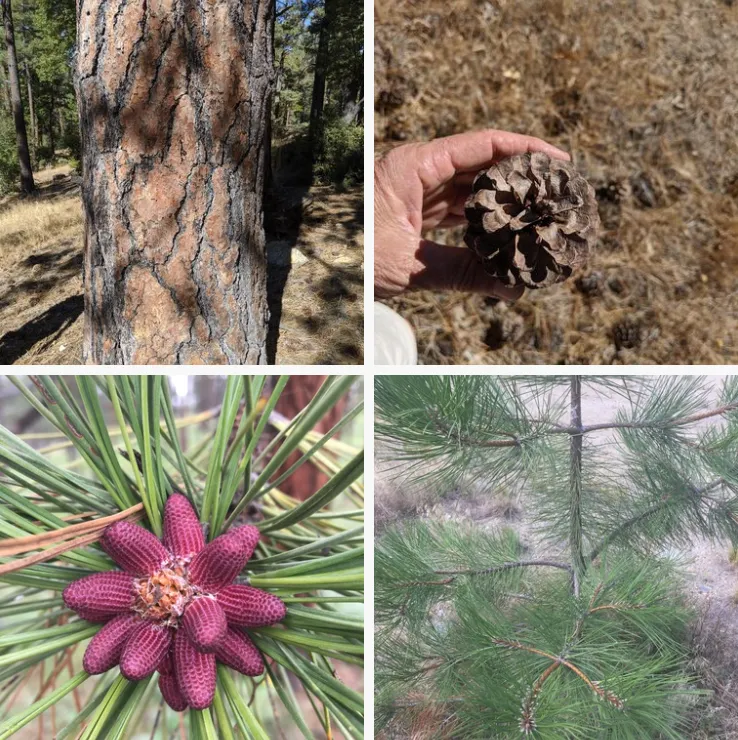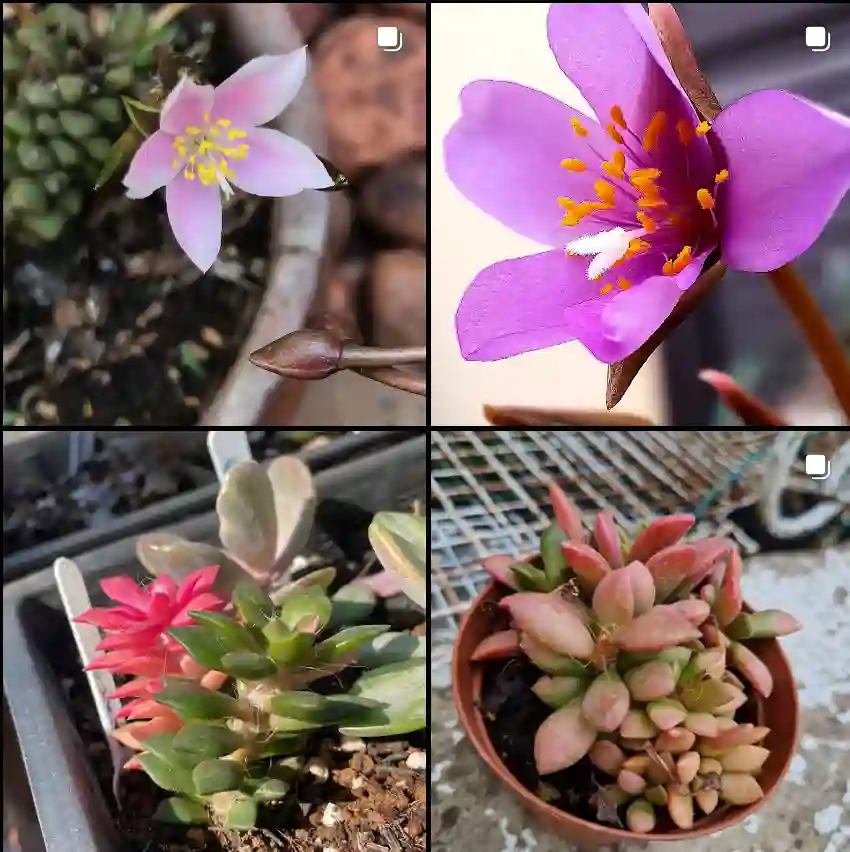FAQs About Solidago Virgaurea
I’ve been growing and caring for various species of Solidago for quite some time, but Solidago Virgaurea holds a special place in my garden. It’s a hardy, versatile plant that offers vibrant late-season color and many benefits. I often receive questions about it, so I’ve put together this FAQ-style article to address common inquiries, particularly how it compares to other Solidago species like Solidago Gigantea.
145 Species in Genus Solidago
What Is Solidago Virgaurea?
Solidago Virgaurea, commonly known as European Goldenrod, is a herbaceous perennial plant that belongs to the Asteraceae family. Native to Europe and parts of Asia, it’s known for its bright yellow flowers that bloom from late summer to early fall. In my experience, this species does exceptionally well in poor soils, thriving even in areas where many other plants struggle. It’s often used in traditional medicine due to its anti-inflammatory and diuretic properties, which I find interesting since this adds more value to it beyond just aesthetics.
Solidago Virgaurea vs Gigantea: What’s the Difference?
Solidago Virgaurea and Solidago Gigantea (Giant Goldenrod) are two species often confused due to their similar appearance. However, there are distinct differences between them.
- Size: Solidago Virgaurea typically grows between 12 to 36 inches tall, making it a more manageable plant for smaller gardens. In contrast, Solidago Gigantea can reach up to 7 feet tall, making it ideal for larger spaces or naturalized areas.
- Bloom Time: Both bloom around late summer, but I’ve noticed that Solidago Gigantea tends to start blooming a bit earlier, while Solidago Virgaurea’s flowers linger into fall.
- Native Habitat: Solidago Virgaurea is native to Europe and Asia, while Solidago Gigantea is more commonly found in North America.
If you’re like me and prefer compact plants for border plantings or smaller spaces, Solidago Virgaurea is the better choice. However, if you’re looking to fill a large area or create a dramatic vertical display, Solidago Gigantea is the way to go.
How to Care for Solidago Virgaurea?
Caring for Solidago Virgaurea is quite easy, which is one of the reasons I love having it in my garden. Here are some basic care tips:
- Light: It prefers full sun but can tolerate partial shade. In my experience, plants in full sun produce more vibrant blooms.
- Soil: It thrives in well-draining soil and doesn’t mind poorer soils, which makes it perfect for those tricky garden spots. However, I recommend amending the soil with compost for better growth.
- Watering: Solidago Virgaurea is drought-tolerant once established, but it benefits from regular watering, especially during prolonged dry periods.
- Pruning: After flowering, I cut back the stems to encourage more blooms the following season. This also helps keep the plant neat and tidy.
How to Propagate Solidago Virgaurea?
Propagating Solidago Virgaurea is relatively straightforward. I’ve had success propagating it through division and seeds.
- Division: This is the method I prefer. Every 3 to 4 years, I divide the plant in spring or fall. Simply dig up the clump, separate it into smaller sections, and replant them.
- Seeds: You can also collect seeds in late fall after the flowers have finished blooming. Scatter them on the soil surface and press them lightly. While this method works, I find it takes longer for the plants to establish.
Can You Grow Solidago Virgaurea Indoors?
Although Solidago Virgaurea thrives outdoors, growing it indoors can be a challenge. The plant needs plenty of sunlight, and unless you have a very bright spot, it might not perform as well indoors. I recommend keeping it outside in containers if you lack garden space but want to enjoy this plant’s beauty.
Is Solidago Virgaurea Toxic?
One of the great things about Solidago Virgaurea is that it’s non-toxic to both humans and pets. I have animals roaming around my garden, so knowing this plant is safe is always a relief.
What to Plant With Solidago Virgaurea?
Solidago Virgaurea pairs well with other late-blooming perennials. In my garden, I like to plant it alongside Asters, Sedums, and Echinacea. These combinations extend the flowering season and create a stunning late-summer display.
- Asters: Their purple or pink flowers contrast beautifully with the golden-yellow blooms of Solidago.
- Sedums: These drought-tolerant plants thrive in similar conditions and add interesting texture.
- Echinacea: The spiky flowers of Echinacea provide a lovely structural contrast.
Benefits of Solidago Virgaurea
Solidago Virgaurea isn’t just a pretty face in the garden—it also offers several benefits.
- Medicinal Uses: It’s been used in traditional European medicine to treat urinary tract infections, kidney stones, and respiratory conditions. I haven’t personally used it for these purposes, but it’s interesting to know how beneficial it can be beyond ornamental value.
- Pollinator-Friendly: In my experience, Solidago Virgaurea attracts a variety of pollinators, including bees and butterflies. It’s always a joy to see them buzzing around the flowers in late summer.
- Erosion Control: Thanks to its deep root system, this plant helps prevent soil erosion, making it useful for stabilizing slopes.
Common Problems with Solidago Virgaurea
While Solidago Virgaurea is generally low-maintenance, it can face some issues.
- Powdery Mildew: I’ve noticed that during humid conditions, the plant can develop powdery mildew. To prevent this, I ensure proper spacing between plants to allow for good air circulation.
- Invasive Behavior: Though Solidago Virgaurea isn’t as aggressive as other species like Solidago Canadensis, it can spread through rhizomes. I manage this by dividing the plants every few years to keep them contained.
How Does Solidago Virgaurea Compare to Other Similar Plants?
Solidago Virgaurea is often confused with other species like Solidago Canadensis (Canada Goldenrod) and Solidago Gigantea. The key differences lie in their growth habits and size. Solidago Canadensis is more invasive, while Solidago Virgaurea is smaller and easier to manage. It’s these characteristics that make it my preferred goldenrod for garden settings.
In conclusion, Solidago Virgaurea is a versatile, easy-to-grow plant that adds beauty and value to any garden. Whether you’re looking for a pollinator-friendly species or simply want a low-maintenance plant with vibrant late-summer blooms, Solidago Virgaurea is an excellent choice.
If i die, water my plants!



